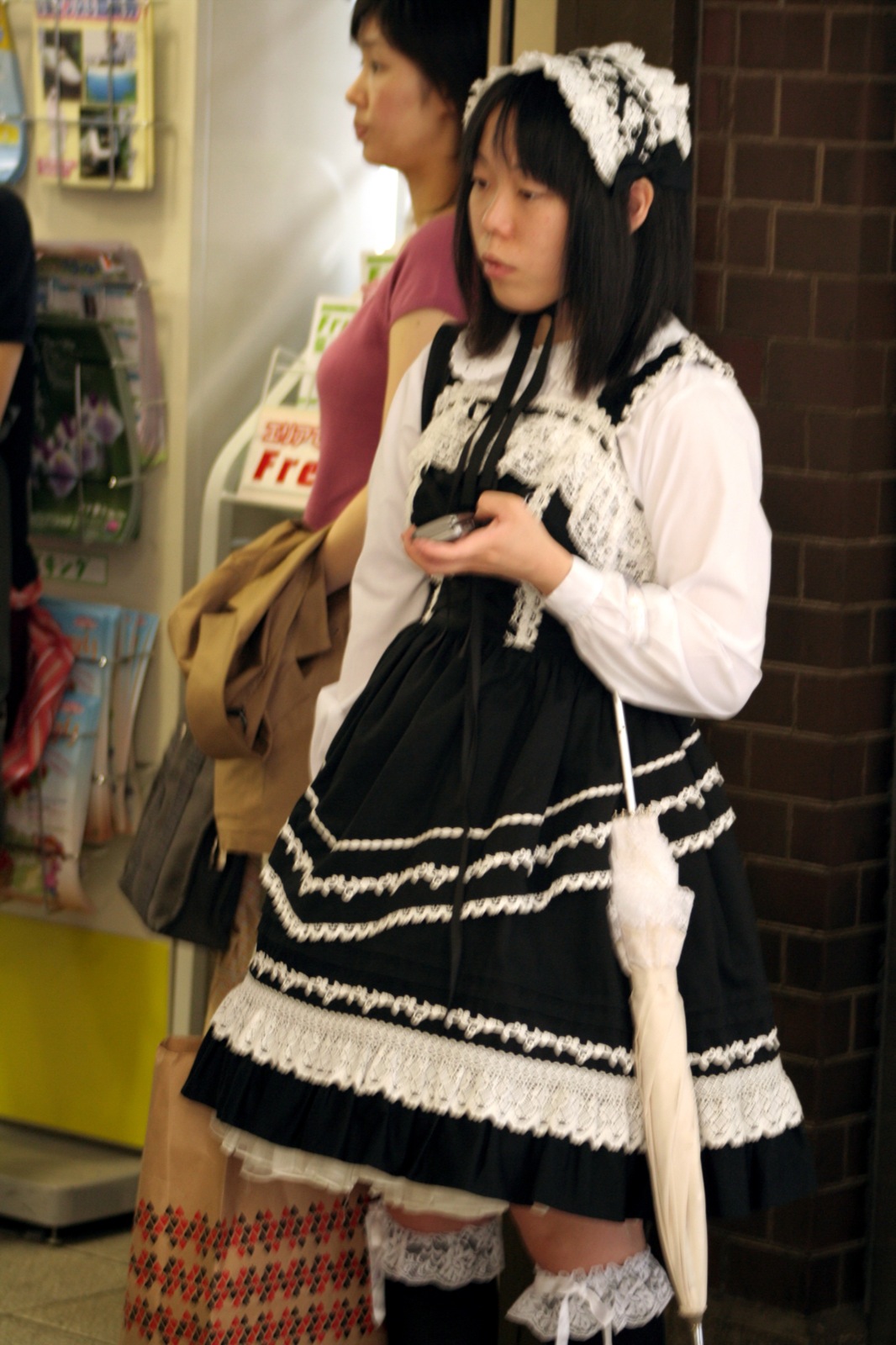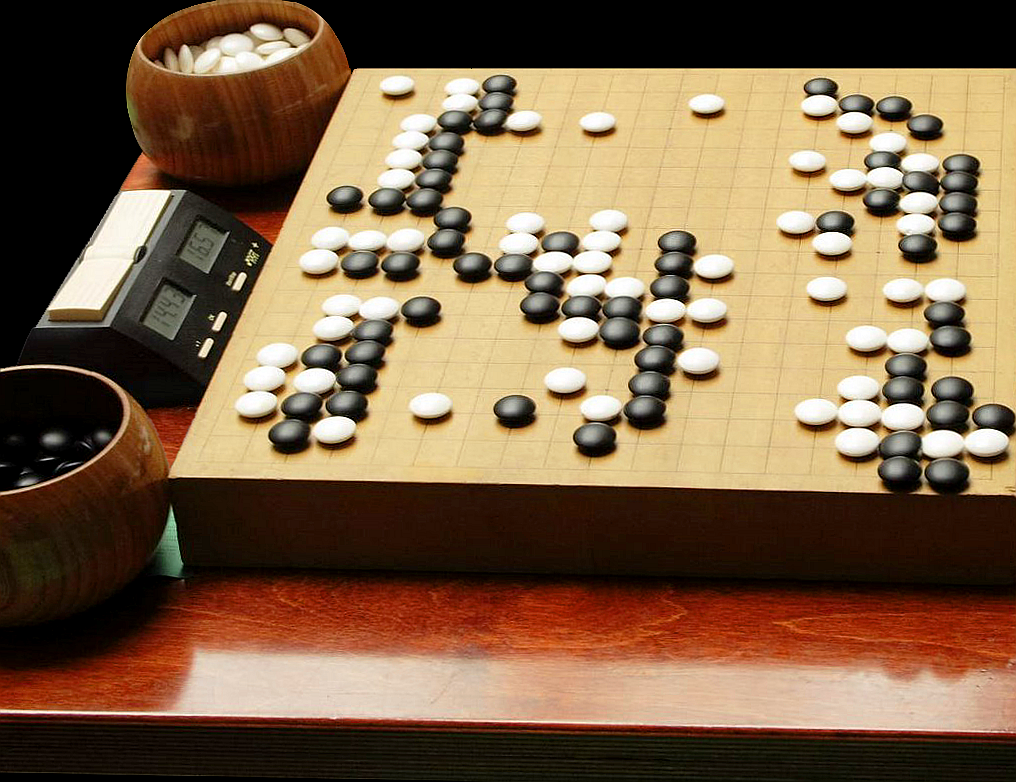|
Gacha Gacha
is a ''shōnen'' manga by Hiroyuki Tamakoshi. As of November 2008, the first 13 volumes have been published in North America by Del Rey Manga. However, according to the Anime News Network, the series ended in Japan at volume 11 of the second season. The reason for this discrepancy is likely because the series is broken up into two story arcs, essentially two different, unrelated stories, the first being "Capsule", and the second being "Secret". An interview with David Ury, the series' translator for Del Rey, shows that they were planning to release all of both arcs. Summary Capsule (Volumes 1–5) Nanjou Kouhei has been classmates with Hanazono Kurara since elementary school, and he has recently realized that he has developed a crush on her. However, after a fateful trip to Hawaii, Kurara has started to behave oddly at times—specifically acting extremely promiscuous and flirting shamelessly for short periods, then remembering nothing. Kouhei is often the target of this ... [...More Info...] [...Related Items...] OR: [Wikipedia] [Google] [Baidu] |
Hiroyuki Tamakoshi
is a Japanese manga artist born in 1970. His manga are mostly his comedic take of an ecchi boy's harem romance themes. Most of his work has appeared in Weekly Shōnen Magazine, with '' Boys Be.''and '' Gacha Gacha'' his best-known titles. On September 14, 2022, Tamakoshi announced he had been diagnosed with stage 3 cancer and is undergoing four months of chemotherapy. Works * '' Boys Be...'' (1991–2018) (story by Masahiro Itabashi) * '' Gacha Gacha'' (2002–2007) * ''A-Girls'' (2003) * ''Gomen ne, Maria-sama'' (2006) * ''Do suru!? Paradise'' (2006) * ''Que Sera Sera'' (2007) * ''Makyou no Shanana'' (2009) (story by Hiroshi Yamamoto) * (2012, Comic Birz was a Japanese seinen manga magazine published on a monthly basis by Gentosha's imprint Birz Comics from 1986 until 2018. The magazine was called ''Comic Burger'' (コミックバーガー), until it was renamed in 1996. Several manga that were ..., 3 volumes) * '' Mobile Suit Gundam 0080: War in the Pocket'' (2021) Ref ... [...More Info...] [...Related Items...] OR: [Wikipedia] [Google] [Baidu] |
Lolita Fashion
is a subculture from Japan that is highly influenced by Victorian clothing and styles from the Rococo period. A very distinctive property of Lolita fashion is the aesthetic of cuteness. This clothing subculture can be categorized into three main substyles: 'gothic', 'classic', and 'sweet'. Many other substyles such as 'sailor', 'country', 'hime' (princess), 'guro' ( grotesque), 'qi' and 'wa' (based on traditional Chinese and Japanese dress), 'punk', 'shiro' (white), 'kuro' (black), and 'steampunk' lolita also exist. This style evolved into a widely followed subculture in Japan and other countries in the 1990s and 2000s and may have waned in Japan as of the 2010s as the fashion became more mainstream. Description The main feature of Lolita fashion is the volume of the skirt, created by wearing a petticoat or crinoline. The skirt can be either bell-shaped or A-line shaped. Components of the lolita wardrobe consist mainly of a blouse (long or short sleeves) with a skirt or ... [...More Info...] [...Related Items...] OR: [Wikipedia] [Google] [Baidu] |
Fictional Harvard University People
Fiction is any creative work, chiefly any narrative work, portraying individuals, events, or places that are imaginary, or in ways that are imaginary. Fictional portrayals are thus inconsistent with history, fact, or plausibility. In a traditional narrow sense, "fiction" refers to written narratives in prose often referring specifically to novels, novellas, and short stories. More broadly, however, fiction encompasses imaginary narratives expressed in any medium, including not just writings but also live theatrical performances, films, television programs, radio dramas, comics, role-playing games, and video games. Definition Typically, the fictionality of a work is publicly marketed and so the audience expects the work to deviate in some ways from the real world rather than presenting, for instance, only factually accurate portrayals or characters who are actual people. Because fiction is generally understood to not fully adhere to the real world, the themes and co ... [...More Info...] [...Related Items...] OR: [Wikipedia] [Google] [Baidu] |
Cross-dressing In Anime And Manga
Cross-dressing is the act of wearing clothes usually worn by a different gender. From as early as pre-modern history, cross-dressing has been practiced in order to disguise, comfort, entertain, and self-express oneself. Cross-dressing has played an important part in society due to the nature of sociology. Sociology dictates that social norms are an inherent part of society and, thus, there are expected norms for each gender relating to style, color, type of clothing and more. Thus, cross-dressing allows individuals to express themselves by acting beyond guidelines, views, or even laws defining what type of clothing is expected and appropriate for each gender. The term "cross-dressing" refers to an action or a behavior, without attributing or implying any specific causes or motives for that behavior. Cross-dressing is not synonymous with being transgender. Terminology The phenomenon of cross-dressing is seen throughout recorded history, being referred to as far back as the Hebr ... [...More Info...] [...Related Items...] OR: [Wikipedia] [Google] [Baidu] |
Onsen
In Japan, are the country's hot springs and the bathing facilities and traditional inns around them. As a volcanically active country, Japan has many onsens scattered throughout all of its major islands. There are approximately 25,000 hot spring sources throughout Japan that provide hot mineral water to about 3,000 genuine onsen establishments. Onsens come in many types and shapes, including and . Baths may be either publicly run by a municipality or privately, often as part of a hotel, ''ryokan'', or . The presence of an onsen is often indicated on signs and maps by the symbol ♨ or the kanji (''yu'', meaning "hot water"). Sometimes the simpler hiragana character ゆ (''yu''), understandable to younger children, is used. Traditionally, onsens were located outdoors, although many inns have now built indoor bathing facilities as well. Nowadays, as most households have their own bath, the number of traditional public baths has decreased, but the number of sightseeing ho ... [...More Info...] [...Related Items...] OR: [Wikipedia] [Google] [Baidu] |
Chinese Cuisine
Chinese cuisine encompasses the numerous cuisines originating from China, as well as overseas cuisines created by the Chinese diaspora. Because of the Chinese diaspora and historical power of the country, Chinese cuisine has influenced many other cuisines in Asia and beyond, with modifications made to cater to local palates. Chinese food staples such as rice, soy sauce, noodles, tea, chili oil, and tofu, and utensils such as chopsticks and the wok, can now be found worldwide. The preferences for seasoning and cooking techniques of Chinese provinces depend on differences in historical background and ethnic groups. Geographic features including mountains, rivers, forests, and deserts also have a strong effect on the local available ingredients, considering that the climate of China varies from tropical in the south to subarctic in the northeast. Imperial royal and noble preference also plays a role in the change of Chinese cuisine. Because of imperial expansion and t ... [...More Info...] [...Related Items...] OR: [Wikipedia] [Google] [Baidu] |
The Japan Times
''The Japan Times'' is Japan's largest and oldest English-language daily newspaper. It is published by , a subsidiary of News2u Holdings, Inc.. It is headquartered in the in Kioicho, Chiyoda, Tokyo. History ''The Japan Times'' was launched by Motosada Zumoto on 22 March 1897, with the goal of giving Japanese people an opportunity to read and discuss news and current events in English to help Japan to participate in the international community. The newspaper was independent of government control, but from 1931 onward, the paper's editors experienced mounting pressure from the Japanese government to submit to its policies. In 1933, the Japanese Ministry of Foreign Affairs appointed Hitoshi Ashida, former ministry official, as chief editor. During World War II, the newspaper served as an outlet for Imperial Japanese government communication and editorial opinion. It was successively renamed ''The Japan Times and Mail'' (1918–1940) following its merger with ''The Japan ... [...More Info...] [...Related Items...] OR: [Wikipedia] [Google] [Baidu] |
Nanpa
The North American Numbering Plan (NANP) is a telephone numbering plan for twenty-five regions in twenty countries, primarily in North America and the Caribbean. This group is historically known as World Zone 1 and has the international calling code ''1''. Some North American countries, most notably Mexico, do not participate in the NANP. The NANP was originally devised in the 1940s by the American Telephone and Telegraph Company (AT&T) for the Bell System and the independent telephone operators in North America. The goal was to unify the diverse local numbering plans that had been established in the preceding decades and prepare the continent for direct-dialing of calls by customers without the involvement of telephone operators. AT&T continued to administer the numbering plan until the breakup of the Bell System, when administration was delegated to the North American Numbering Plan Administrator (NANPA), a service that has been procured from the private sector by the Feder ... [...More Info...] [...Related Items...] OR: [Wikipedia] [Google] [Baidu] |
Karate
(; ; Okinawan pronunciation: ) is a martial art developed in the Ryukyu Kingdom. It developed from the indigenous Ryukyuan martial arts (called , "hand"; ''tii'' in Okinawan) under the influence of Chinese martial arts, particularly Fujian White Crane. Karate is now predominantly a striking art using punching, kicking, knee strikes, elbow strikes and open-hand techniques such as knife-hands, spear-hands and palm-heel strikes. Historically, and in some modern styles, grappling, throws, joint locks, restraints and vital-point strikes are also taught. A karate practitioner is called a . The Empire of Japan annexed the Ryukyu Kingdom in 1879. Karate came to mainland Japan in the early 20th century during a time of migration as Ryukyuans, especially from Okinawa, looked for work in the main islands of Japan. It was systematically taught in Japan after the Taishō era of 1912–1926. In 1922, the Japanese Ministry of Education invited Gichin Funakoshi to Tokyo to gi ... [...More Info...] [...Related Items...] OR: [Wikipedia] [Google] [Baidu] |
Dan (rank)
The ranking system is used by many Japanese, Okinawan, Korean, and other martial art organizations to indicate the level of a person's ability within a given system. Used as a ranking system to quantify skill level in a specific domain, it was originally used at a Go school during the Edo period. It is now also used in most modern Japanese fine and martial arts. Martial arts writer Takao Nakaya claims that this dan system was first applied to martial arts in Japan by Kanō Jigorō (1860–1938), the founder of judo, in 1883, and later introduced to other East Asian countries. In the modern Japanese martial arts, holders of dan ranks often wear a black belt; those of higher rank may also wear either red-and-white or red belts depending on the style. Dan ranks are also given for strategic board games such as Go, Japanese chess (''shōgi''), and renju, as well as for other arts such as the tea ceremony (''sadō'' or ''chadō''), flower arrangement ('' ikebana''), Japanese ca ... [...More Info...] [...Related Items...] OR: [Wikipedia] [Google] [Baidu] |
Computer Error
An error message is information displayed when an unforeseen occurs, usually on a computer or other device. On modern operating systems with graphical user interfaces, error messages are often displayed using dialog boxes. Error messages are used when user intervention is required, to indicate that a desired operation has failed, or to relay important warnings (such as warning a computer user that they are almost out of hard disk space). Error messages are seen widely throughout computing, and are part of every operating system or computer hardware device. Proper design of error messages is an important topic in usability and other fields of human–computer interaction. Common error messages The following error messages are commonly seen by modern computer users: ;Access denied :This error occurs if the user doesn't have privileges to a file, or if it has been locked by some program or user. ;Device not ready :This error most often occurs when there is no floppy disk (or a ... [...More Info...] [...Related Items...] OR: [Wikipedia] [Google] [Baidu] |
Zui Quan
Drunken boxing () also known as Drunken Fist, is a general name for all styles of Chinese martial arts that imitate the movements of a drunk person. It is an ancient style and its origins are mainly traced back to the Buddhist and Daoist religious communities. The Buddhist style is related to the Shaolin temple while the Daoist style is based on the Daoist tale of the drunken Eight Immortals. Zui quan has the most unusual body movements among all styles of Chinese martial arts. Hitting, grappling, locking, dodging, feinting, ground and aerial fighting and all other sophisticated methods of combat are incorporated. History Due to a scarcity of historical sources, it is nearly impossible to point to the time or place of drunken boxing's origin, nor to trace a credible lineage of teachers and students between drunken boxing's earlier documentation and present day practice. Drunken boxing probably appeared and disappeared in different places and at different times, with little ... [...More Info...] [...Related Items...] OR: [Wikipedia] [Google] [Baidu] |


.jpg)



